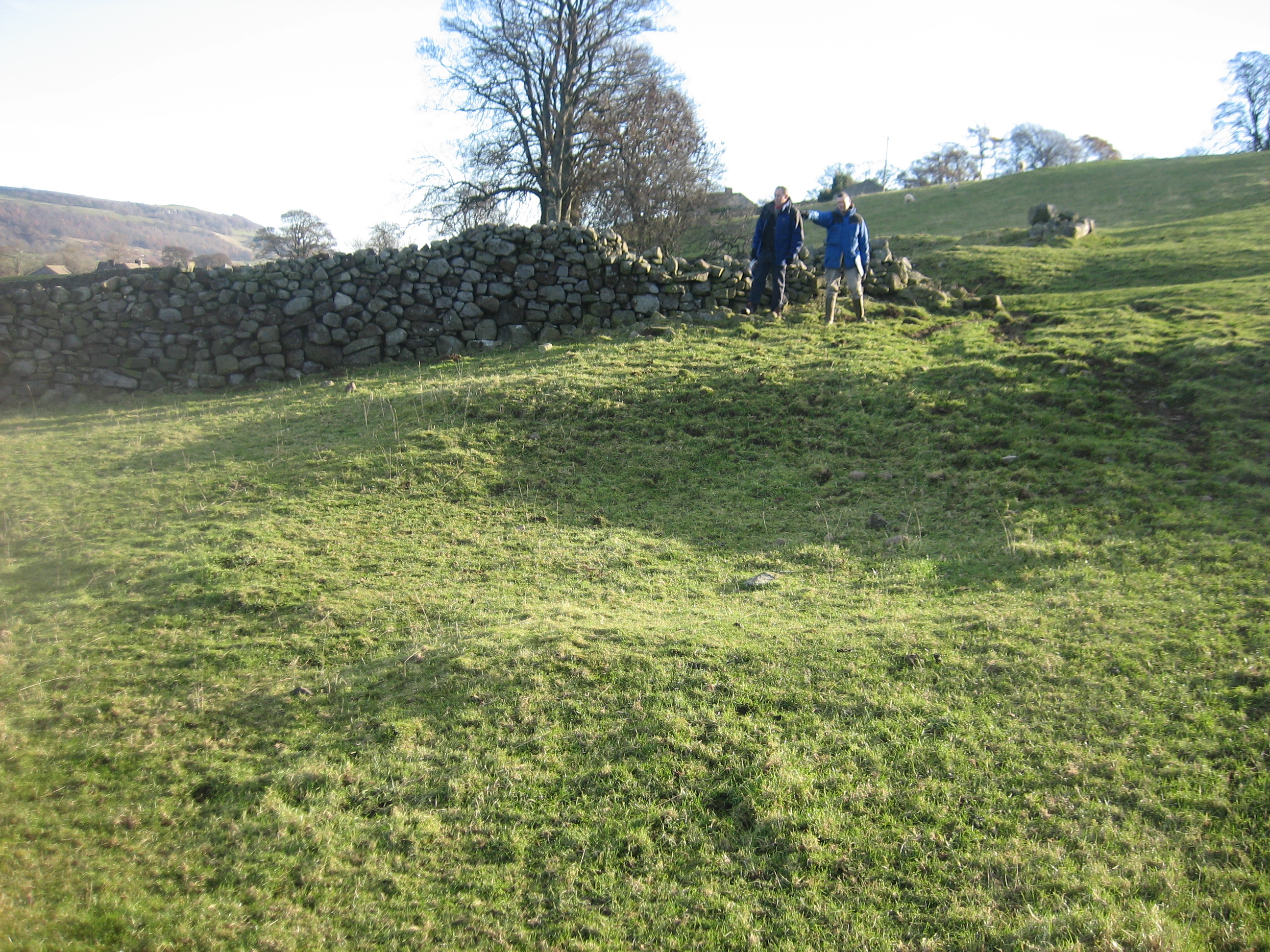Pennines Landscape Research Published
New book chapter from PhD student Al Oswald in Pennine Perspectives. Professional and Community Investigations of Landscape Heritage

In 2000, the UK adopted two EU laws: the European Landscape Convention and the Water Framework Directive. The Convention promotes good management of landscapes such as National Parks and AONBs. The Directive seeks to improve water quality in rivers and lakes; to conserve aquatic ecology; and to help mitigate floods and droughts, against the background of climate change. The historic environment has an important role in this agenda, because past human land-use, especially industry, affects water quality. The character and extent of historic activities need to be understood to allow the Environment Agency and Natural England to address the Directive's challenges. But what is the right level of understanding? And how can it be achieved?
This publication charts the development by Historic England’s Research Department of a ‘fit for purpose’ method of archaeological survey, through fieldwork in England’s Pennine Hills: at Scordale in Cumbria; Grassington in North Yorkshire; and eventually across 50 square kms around Alston in Cumbria. Thorough mapping of the historic environment, using Lidar and other sources, has pin-pointed previously unrecognized sources of pollution in the form of early lead mining sites, and revealed the complex fluvial pathways inevitably affected by diverse human activities, by which contaminants are delivered into rivers. Finally, the article shows how this survey method has been successfully adapted to involve relatively inexperienced enthusiasts. Over 860 square kms of the North Pennines AONB have now been mapped by volunteers, transforming the picture of upland land-use from prehistory to present.
Ainsworth, S., Oswald, A. and Went, D. (2020). ‘Putting archaeology on the map: reflections on two decades of landscape-scale field survey in the uplands of northern England.’ In R. D. Martlew (ed) Pennine Perspectives. Professional and Community Investigations of Landscape Heritage. Skipton: Yorkshire Dales Landscape Research Trust, 13-32